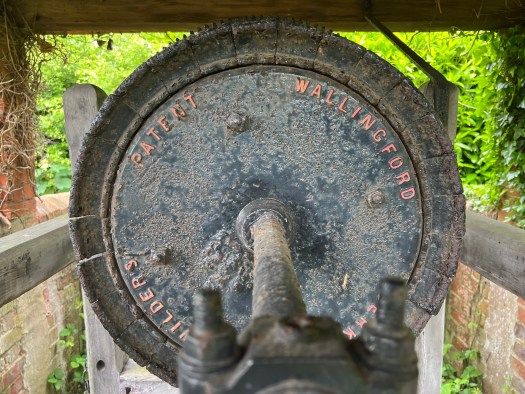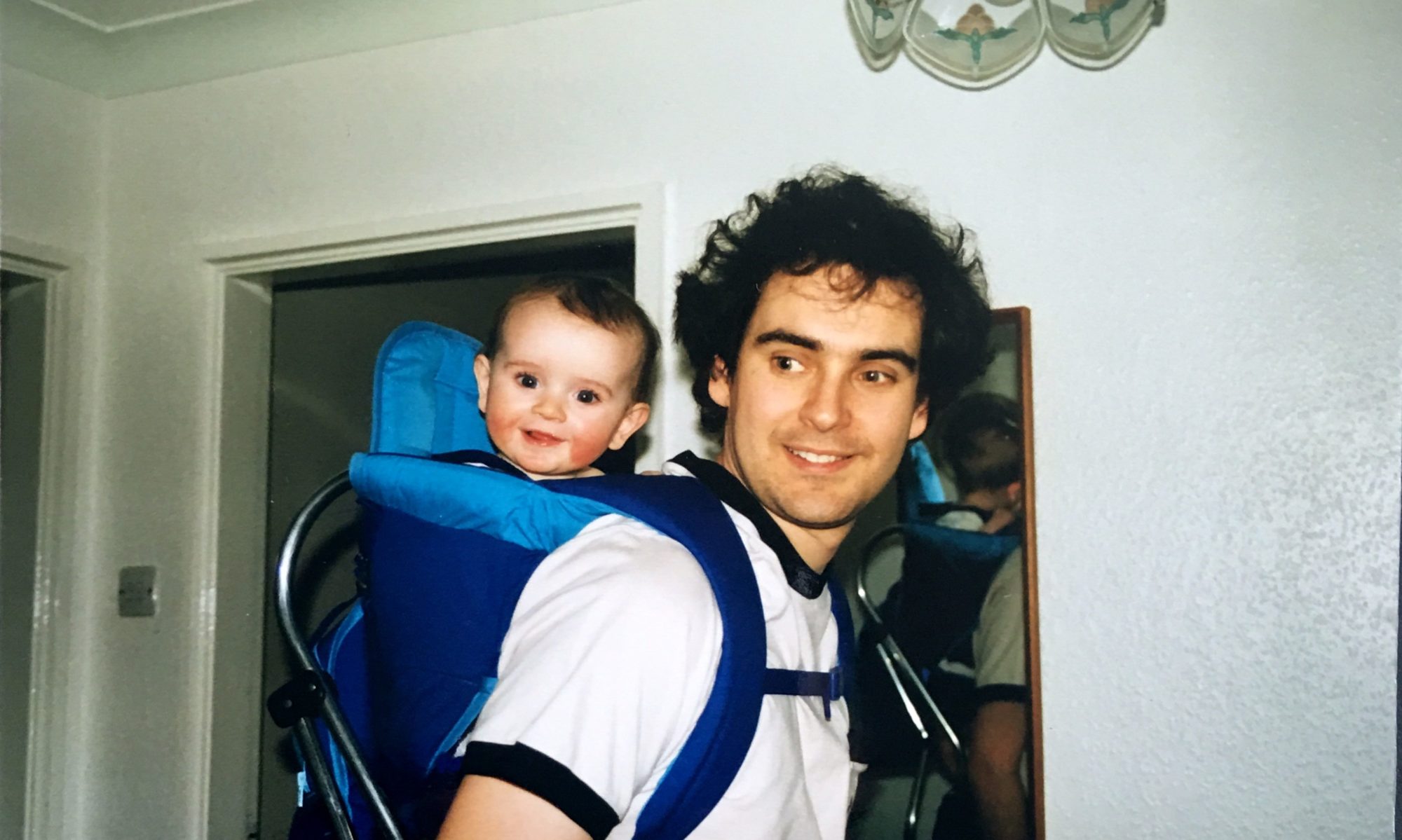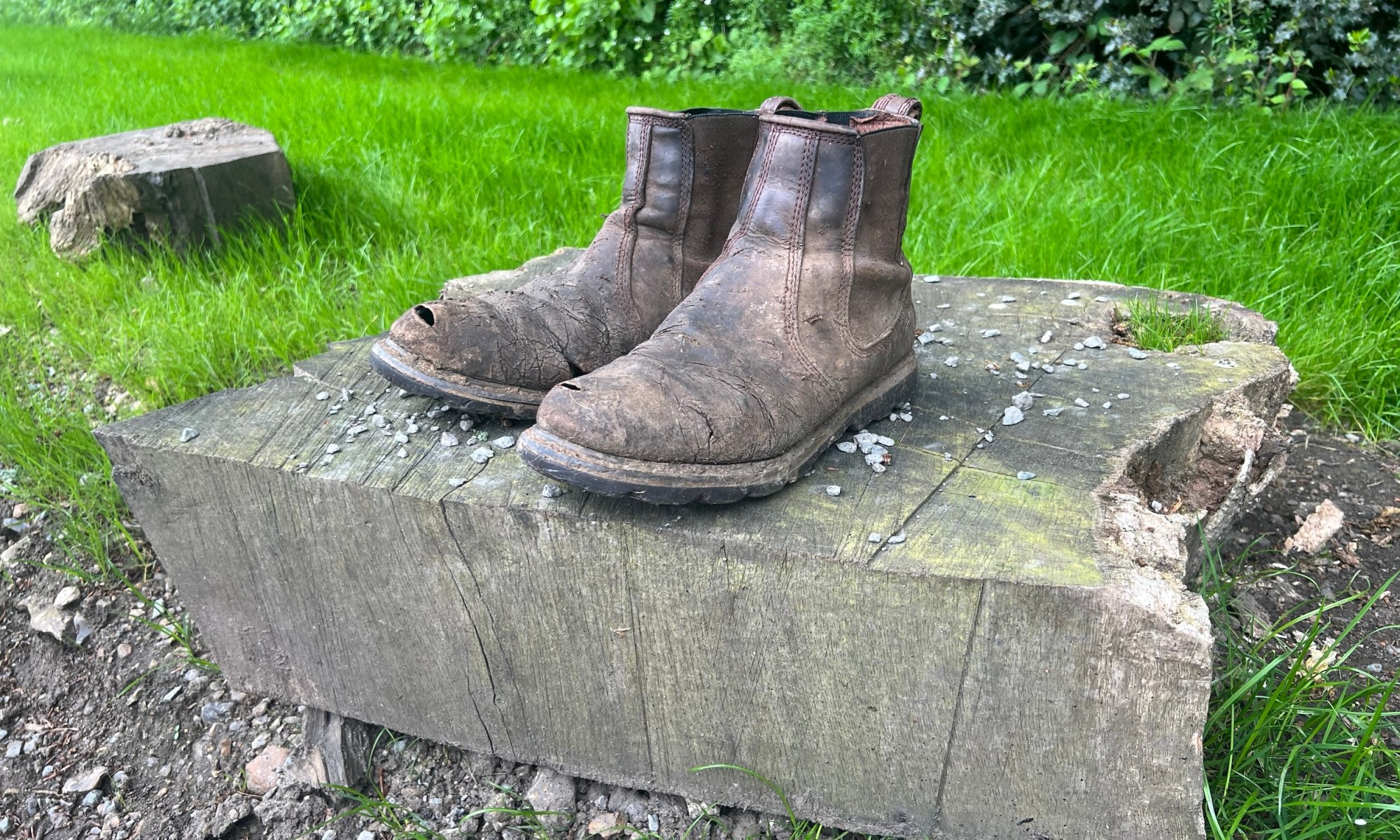For the first time last year, Reading’s Economy and Destination Agency (REDA) (I know it’s a stupid name and they should have stuck to the much more snappy Reading (UK) but I digress) ran the first Reading Walks Festival. It was a great success with many of the walks being sold out quickly so it is back for another year. This time it is on for slightly longer covering two weekends to allow more people who are working to attend and slightly more expensive to make sure that those who book up, turn up.
The festival attracts all sorts of people. The first walk I attended there were about 20 people aged six months and up but mainly in the 60+ retired age bracket.
Similarly, there was a mixture of footwear and clothing from walking boots to sandals (with socks although that’s not so much a fashion faux pas any more apparently) and short-sleeved tee shirts to thick coats and waterproofs. Welcome to England in May.
Once again, we’d booked up for several events which I’ve rounded up below.
Day One
Reading – the Home of Photography
There is always a mixture of walks available – some are walking with some talking and others are talking with some walking. Today’s walk was very much in the latter camp as it went through Reading’s place in the history of photography.
Much is known about William Henry Fox Talbot and his work on early photography but less is known about Nicholas Henneman, at one time a Dutch diplomat who ended up as Talbot’s valet. One can only imagine what he did to suffer such a fall from grace. Anyway, Talbot wanted to commercialise his ideas and Reading was chosen as it was cheaper than London and less polluted. This became known as the Reading Establishment on Baker Street and was run, under the tutelage of Talbot by Henneman.
Nothing is left of the original buildings, which are now the Fox Tablot flats, other than a plaque commemorating their time there which, apparently, lists the dates incorrectly. Similarly, there aren’t any other buildings associated with Talbot and Henneman but there are several buildings that they photographed around the town making them some of the first ever captured.
We walked around the town looking at these buildings and viewing how they had changed over time. Some of these pictures are shown below and all can be viewed online on the Bodleian Library site.
It was an interesting walk and was enhanced by the inclusion of words such as “expose”, “develop” and “fix” in the commentary – I’m not sure if this was deliberate or serendipitous.




Day Two
A Reading Miscellany
This next walk was guided by the same person who did the photography walk. There are a surprising number of private organisations that run guided walks all year round operating from Reading. This only becomes obvious when they come together for events such as this.
Today’s walk started outside the Reading Gaol by the Banksy Mural and took us through some odds and sods of the history of the town. However, the thing that excited me most was something that wasn’t part of the walk and was over before we’d even started!
We were told to open our smartphones to RGAoutside.visi.ar and then point them to the walls of the gaol upon which, magically, artworks by the Reading Guild of Artists would be displayed. I have seen some augmented reality works before but this one was a very good example of what can be achieved and how it can engage. Have a look at the video and pictures below for an example.
The walk itself started with an overview of the beginnings of Reading pointing out that initially, it wasn’t a place of any significance at all, that was Silchester down the road. Also, it seems that nobody really knows why it is called Reading.
One of the earliest known references was the Battle of Reading in 871, where the Saxons, led by King Alfred, fought and lost to the invading Vikings.
We made a brief stop to be told about the significance of the abbey that had once stood so prominently in the town. People would flock to see the Hand of St. James the Apostle which was housed in the abbey. Unfortunately, recent advances in technology have discovered that the hand, which still exists, is a woman’s, is the wrong age and the body of St. James is in Spain and complete… Oh well, it brought in the crowds and the cash and that’s the main thing, right?
Next up was a stop outside Reading Museum. This includes a stone carving depicting the foundation of Reading Abbey. Every stone was supposed to be similarly carved to depict life in Reading but the council ran out of money and only one was ever completed. The Tories were in power then too…
The final stop was outside the Oracle shopping centre which, it turns out, was named after a workhouse called the same that stood on the same spot until 1850. They don’t put that on their glossy ads!





Day Three
Well, Well, Well
The first two walks had been less arduous talk and walks so I had hoped that this would be more, well, walk and walk. It was titled “Well, Well, Well!” as it was a walk taking in three community wells now long since closed.
The walk started some way out of Reading and necessitated us getting a bus to the starting point in Peppard where we rendezvoused with the others who had come by car. We set off and headed to the first of three wells – Sedgehill Spring. Here we stopped for a short chat from our leader about the well and pointed out various dips and channels that would have directed and collected the water when it was in use.
As we walked we passed several attractive and, no doubt, expensive houses. I often pass a house while driving and think I would like to live there. Then I decide not as, of course, being next to the road that I am currently driving on would not be much fun. Many of these houses are in rural locations so my next question is always “But what’s the broadband like?”. I’ve said that so many times that Helen has suggested that I have that on my gravestone so here’s a render of that!
We walked on taking in Peppard Well and Gallowstree Common Well both of which had been well preserved but were somewhat overgrown. Getting people to maintain them on a regular basis must be a challenge.
We were then promised both a castle and one more well. The former turned out to be Wyfold Castle, an Iron Age plateau fort of which only the earthwork banks remain. And the latter was Kingwood Common Well which no longer exists at all!
It was an interesting 6.5-mile walk. We had, of course, just missed a bus back. As we had nearly an hour’s wait for the next one we decided to go into Peppard Stores to buy some lunch only to find the place locked up. We stood outside for quite some time trying to work out what was going on with four people waiting. Finally, the shop owner arrived and unapologetically opened up. There wasn’t much on offer so I bought some nuts only to find that they were out of date so I took them back.









Day Four
Pangbourne Village and Countryside Circular
Our last event of the festival was a circular walk from the town (or is it really only a village) of Pangbourne. This was, apparently, the only free event of the week. Last year there were a lot more but this led to lots of no shows which must have been frustrating for the organisers and those on the waiting lists. This year there was a minimum charge of £3 and we were told that there had been less drop-off. Nevertheless, the organisers wanted to make sure that there was at least one free event to keep it inclusive. I’m not sure one that starts out of town in Pangbourne was the best choice given the cost in getting here and/or parking but I applaude the initiative.
We got the train from Reading to Pangbourne and because of the schedule arrived 20 minutes or so ahead of the kick off time. As an aside I note that Pangbourne station has the highest urinals I have ever seen. There really ought to be a step provided for those under six foot tall!
As I eluded to before on longer walks I prefer to walk almost continuously and find the stop and start nature of those with talking more tiring on the legs. Fortunately, there was very little chat today so we could get on with the job in hand.
Part of today’s walk took us along the Thames Path which was interesting as we will be taking this route again in a few months time when we get to do this leg. It was also quite busy with other walkers, cyclists and “runners” doing the Goring Gap Walk. Every time a “runner” came along someone would shout out “runner” and we’d all dutifully get out of the way. If I’m honest I think that we were a little too deferential towards them given that we weren’t taking up that much space.
We were told by the walk leader that there were a couple of hills on the route. One would feel like a hill and the other we’d hardly notice. I’d say that the leader’s definition of hills and mine vary greatly! It was, however, worth the climb for the views, the orchids, and, apart from the sound of my heavy breathing, very peaceful.
We completed the loop in the village of Whitchurch, a place you know is posh when the only shop it has is an art gallery!








And that’s us done for this year. I understand that it has been a great success once again so I am sure that it will be run again next year and that we will be there, boots on, ready to go!


